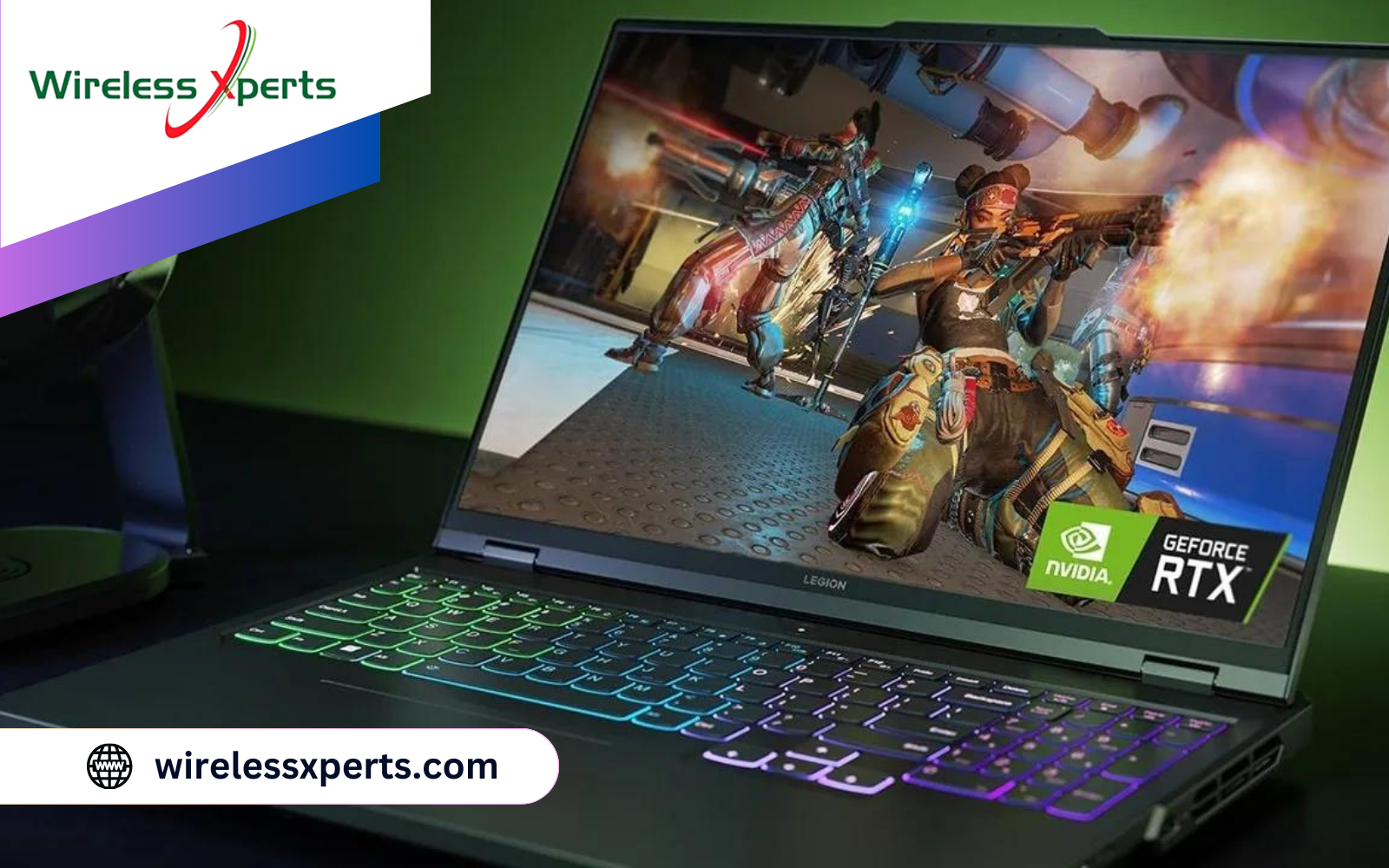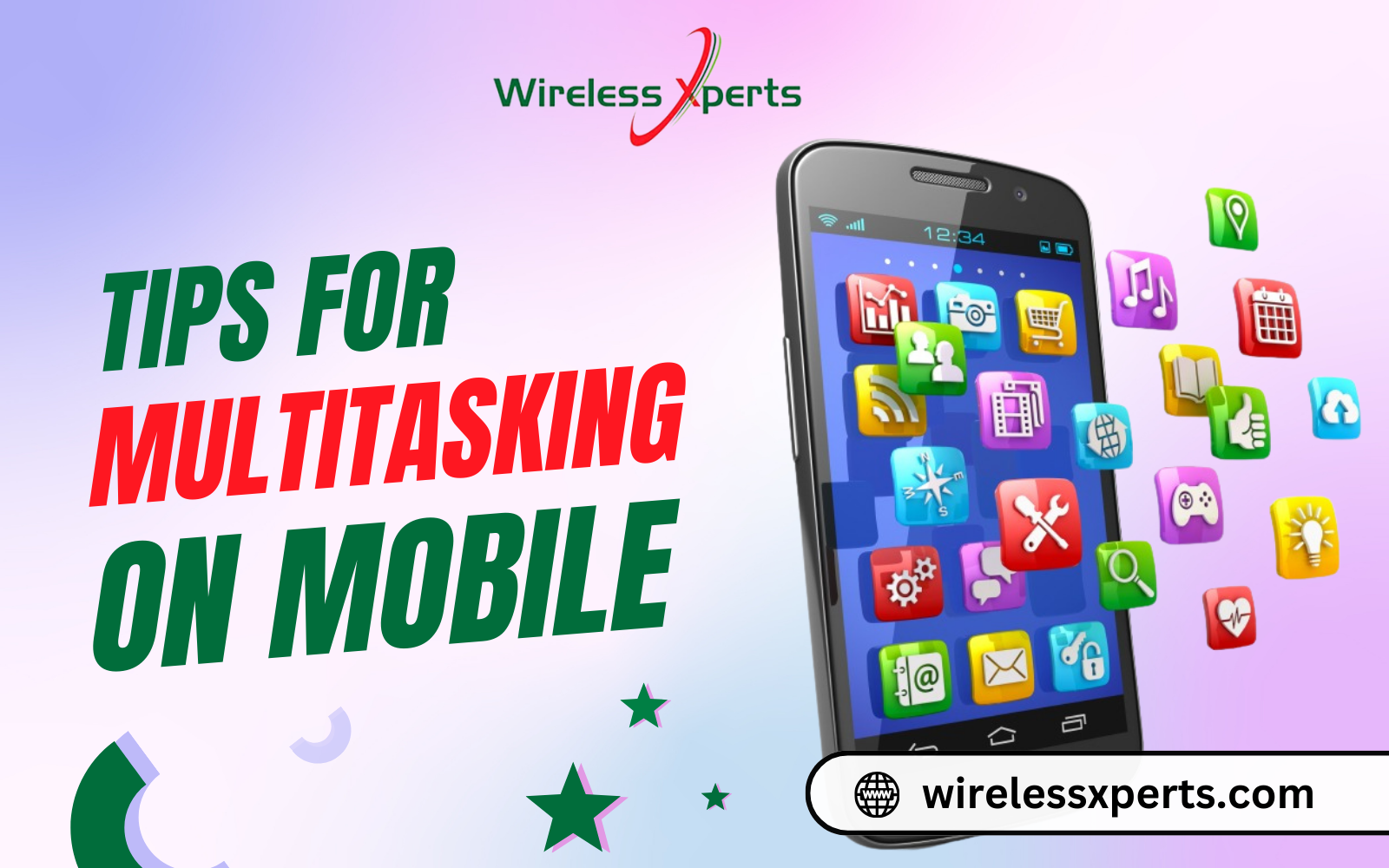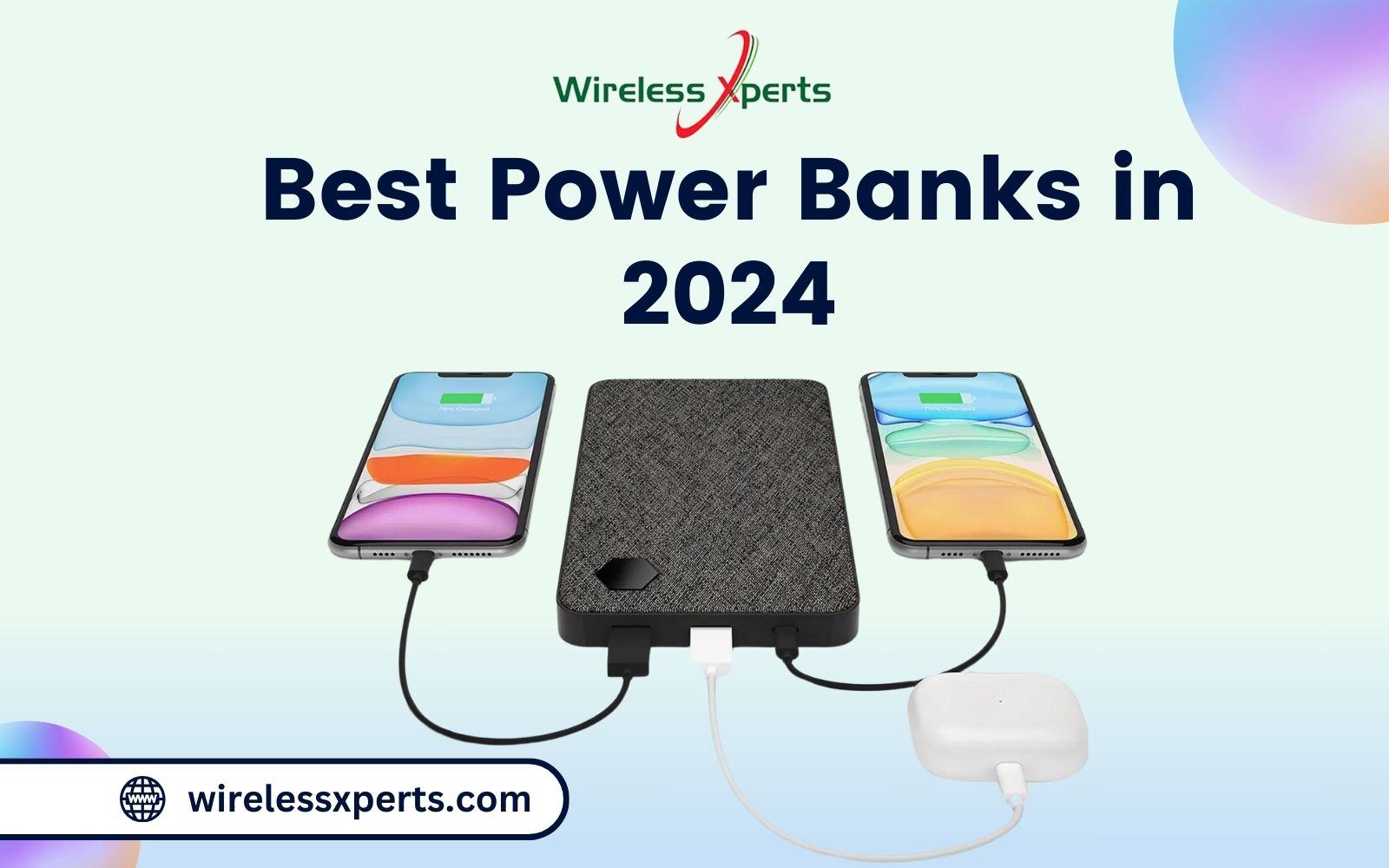The Rise of Foldable Phones: Are They the Future of Mobile Devices?
-
 Chami Nelson
Chami Nelson
- News & Updates
- Feb 7, 2024
- views

In the fast-changing world of mobile tech, there's a cool new thing that's pulled everyone's interest – Foldable Phones. These aren't typical smartphones; they can bend and flex. The primary concern in the IT world is whether foldable phones will be the next big thing in how we utilize mobile devices. It's like a tech mystery about to unveil! So, let's take a short and enjoyable journey to explore these foldable phones, discover how they might transform our mobile world, and determine whether they're the future we've all been waiting for.
Unfolding the Concept: What Are Foldable Phones?
Foldable phones, as the name indicates, have a flexible display that allows the device to fold and unfold, changing its shape and size. This breakthrough design is made feasible by advances in flexible display technologies, hinges, and long-lasting materials. The intention is to provide customers with a device that can easily switch between tiny mobility and extended screen space.
The Pioneers in Foldable Technology
Manufacturers such as Samsung, Huawei, and Motorola are leading the way in this technological frontier, with each presenting their own take on foldable phones. Samsung's Galaxy Z Fold series, for example, folds into a tablet-sized display, giving users a bigger canvas for multitasking and immersive experiences. Huawei's Mate X features an outward-folding design, taking a unique approach to the foldable concept. These pioneers are not just releasing new phones; they are introducing a paradigm shift in how we perceive and interact with our devices.
The Pros: Why Foldable Phones Are Gaining Traction
1. Enhanced Multitasking:
Foldable Phones provide a distinct advantage when it comes to multitasking. Users can run multiple apps at the same time due to the large screen real estate, particularly when unfolded. This is especially handy for professionals who need to work on documents, attend virtual meetings, or manage multiple jobs simultaneously. Foldable phones' expanded multitasking capabilities meet the growing need for productivity and efficiency in mobile devices.
2. Stylish and Futuristic Designs:
Foldable Phones stand out in terms of design, with a futuristic look. The folding mechanism gives these devices a unique visual appeal, making them a fashion statement for tech lovers. The sleek and modern designs add to the overall appeal of foldable phones, encouraging customers who value cutting-edge aesthetics and want to display the latest in mobile technology.
3. Compact Portability:
Foldable Phones have a larger screen when unfolded, which allows for a more immersive multimedia experience. However, when folded, they become quite compact, easily fitting into pockets or smaller bags. This dual-mode design appeals to customers who appreciate both a large display for certain applications and the ease of a compact form factor for everyday portability. The greater portability of foldable phones resolves the requirement to strike a balance between screen size and device size.
4. Flexible Display Technology:
Foldable Phones' most notable feature is its unique flexible display technology. This enables users to smoothly switch between a small smartphone and a bigger tablet-like screen. The display's flexibility provides a new layer to user engagement, making it versatile and adaptable in a variety of circumstances. Whether reading e-books, viewing videos, or multitasking with various apps, the foldable display improves the overall user experience.
5. Immersive Multimedia Experience
The wider unfolded screens of Foldable Phones offer an immersive multimedia experience. Whether users are gaming, watching films, or perusing photos, the large display improves the visual impact. The foldable form factor gives a more cinematic feel for entertainment content, making it an attractive solution for customers that prefer a fascinating and immersive watching experience.
The Cons: Challenges on the Foldable Horizon
1. Fragility and Durability Concerns:
Foldable Phones, with their unique flexible displays, have a key drawback: fragility. The same mechanism that allows these phones to change into larger screens also makes them at risk of damage. The possibility of scratches, wrinkles, and even full screen failures presents a practical barrier for users seeking durable and long-lasting smartphones. As consumers demand more durable and trustworthy gadgets, the fragility of foldable phones becomes a significant disadvantage that may reduce their overall attractiveness.
2. High Price Tags:
One of the most noticeable drawbacks of Foldable Phones is their high pricing. Foldable devices are expensive due to their advanced technology and one-of-a-kind design. While early adopters may find the innovation appealing, the majority of consumers will balk at the high prices. For many potential consumers, the high price is a barriers, limiting foldable phones to a limited market.
3. Limited App Optimization:
Foldable Phones often face problems with app optimization, given their unique form factor. While certain apps are designed to shift smoothly between folded and unfolded states, many others fail to adapt. Users may find challenges with programs that do not fully utilize the available screen space or perform efficiently in both modes. This limitation has an impact on the user experience because the foldable display's full potential is not being realized.
4. Bulky Designs and Weight Issues:
Foldable Phones' unique design challenges contradict their promise of being tiny and portable. In their unfolded condition, these gadgets frequently have bulkier designs than ordinary smartphones. The additional layers necessary for the flexible display, as well as the mechanics of the folding mechanism, contribute to the increased thickness and weight. Users looking for a compact and lightweight device may find the bulkiness of foldable phones a significant disadvantage, affecting their comfort and convenience in everyday use.
5. User Adaptability Challenges
Introducing a new form factor needs people to adjust to a new manner of engaging with their devices. The shift between compact and enlarged modes can be less natural, resulting in early uncertainty and irritation. As technology advances, user-friendly designs will play an important part in overcoming these adaption issues; but, for the time being, it remains a significant disadvantage for individuals who are unwilling to embrace a paradigm change in smartphone usage.
The Conclusion: Are Foldable Phones the Future?
While foldable phones demonstrate outstanding creativity and provide exciting possibilities, their future supremacy has yet to be established. Overcoming issues such as durability and price will be critical to wider adoption. As technology progresses and manufacturers improve their designs, foldable phones may become an important participant in the future of mobile devices.
To summarize, the rise of foldable phones represents an exciting chapter in the ongoing story of mobile technology. The path to general acceptance involves solving problems and constantly pushing the limits of innovation. As foldable phones evolve, their role in molding the future of mobile devices remains an enthralling story, with the next fold in this unfolding technological epic.












